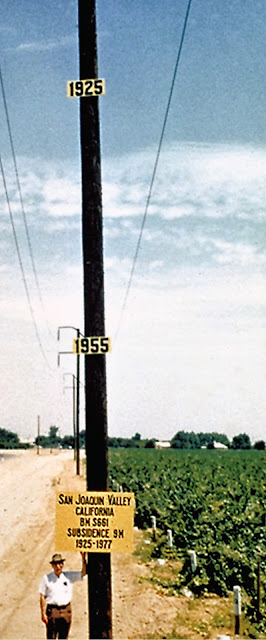T.G. Schmeiser Offers New Grader Blade Series
CCCD Receives $200,000 to Establish Cooperatives
UCR Geneticists to Develop Tool for Genotyping Citrus
To address exotic diseases like HLB, breeders need sophisticated tools that rapidly characterize citrus varieties and hybrids and locate genes for disease resistance, fruit quality, and other essential traits.
 |
|
Mikeal Roose is a professor of genetics
and the chair of the Department of
Botany and Plant Sciences at UCR.
Photo credit: L. Duka
|
 |
|
Timothy Close is a professor of genetics at
UC Riverside. Photo credit: I. Pittalwala
|
UC Riverside has a long tradition in citrus research, with a major focus on citrus production and development of new varieties. Used extensively to solve citrus disease problems and improve commercial varieties, the university’s Citrus Variety Collection is one of the world’s most diverse living collections of citrus and related types with approximately 1,000 different varieties (including mandarins, blood oranges, navel oranges, citrons, clementines, tangos, grapefruit, Valencia oranges, and pummelos).
Extensive groundwater pumping from San Joaquin Valley aquifers is increasing the rate of land subsidence, or sinking, that could result in serious operational and structural challenges and repairs to water infrastructure, according to a new report by the U.S. Geological Survey.
 |
|
This photo shows the approximate location of
maximum subsidence in the United States,
identified by research efforts of Dr. Joseph F. Poland
(pictured). The site is in the San Joaquin Valley
southwest of Mendota, California. Signs
on pole show approximate altitude of land
surface in 1925, 1955, and 1977.
|
Many Topics Discussed in Salinas
 |
| Steve Koike |
 |
| Krishna Subbarao |
 |
| Plant Disease Crowd |
 |
| Trevor Suslow and Drew Mather |
 |
| Alec Gerry |
 |
| Tatiana Simkova and Steve Klosterman |
Research Shows Reduced Pancreatic Cancer Risk from Consumption of Pistachios And Other Tree Nuts
 More than 75,600 women were followed in the widely-recognized Nurses’ Health Study. Those who consumed a one-ounce serving of serving of nuts, two or more times per week, significantly reduced their risk of developing pancreatic cancer, the fourth most common cause for cancer-related deaths in the U.S.
More than 75,600 women were followed in the widely-recognized Nurses’ Health Study. Those who consumed a one-ounce serving of serving of nuts, two or more times per week, significantly reduced their risk of developing pancreatic cancer, the fourth most common cause for cancer-related deaths in the U.S. The long-running Nurses’ Health Study, from 1980 to 2010, with follow up every two to four years, was funded by research grants from the National Institutes of Health with additional support in part by a micro-grant from the Biomedical Research Institute at the Brigham and Women’s Hospital, state cancer registries, and by an International Tree Nut Council Nutrition Research & Education Foundation grant for the tree nut component.
The long-running Nurses’ Health Study, from 1980 to 2010, with follow up every two to four years, was funded by research grants from the National Institutes of Health with additional support in part by a micro-grant from the Biomedical Research Institute at the Brigham and Women’s Hospital, state cancer registries, and by an International Tree Nut Council Nutrition Research & Education Foundation grant for the tree nut component.